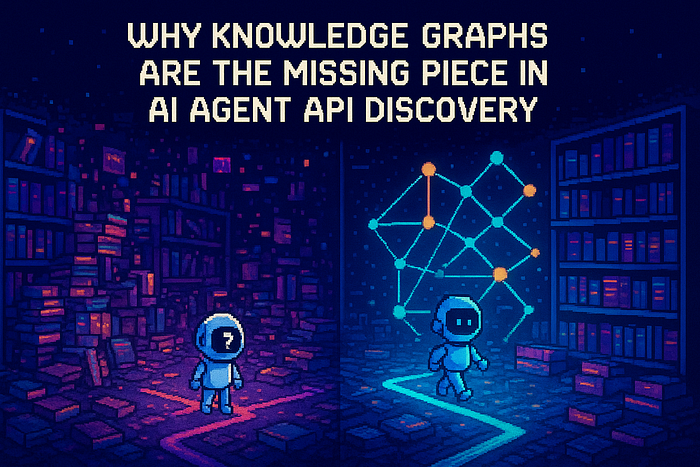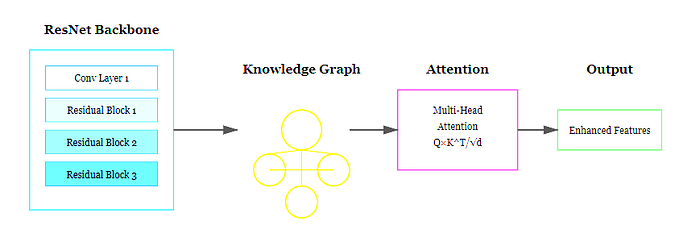Why Binary Cross-Entropy Matters: A Guide for Data Scientists
Author(s): Niklas Lang
Originally published on Towards AI.
The Mathematics, Intuition, and Implementation of BCE in ML
This member-only story is on us. Upgrade to access all of Medium.
For machine learning models to learn and improve their predictions, they need so-called loss functions that measure how large the difference is between the prediction and the actual value. Binary cross-entropy (BCE) is a central loss function used for binary classifications, i.e. those that assign objects to one of two classes. It helps to train models precisely and reliably, whether in the recognition of spam emails or the medical diagnosis of patients.
In this article, we will take a basic look at what loss functions are and how binary cross-entropy works. We will also take a detailed look at the mathematical structure of the function and explain it using a simple example. Furthermore, we examine the various areas of application in which BCE is used and highlight the advantages and disadvantages of this loss function.
The loss function, also known as the objective function or cost function, is a crucial concept in machine learning that evaluates the performance of the training model and guides the learning process. Put simply, it calculates the difference between the actual target values in the data set and the model’s prediction…. Read the full blog for free on Medium.
Join thousands of data leaders on the AI newsletter. Join over 80,000 subscribers and keep up to date with the latest developments in AI. From research to projects and ideas. If you are building an AI startup, an AI-related product, or a service, we invite you to consider becoming a sponsor.
Published via Towards AI
Take our 90+ lesson From Beginner to Advanced LLM Developer Certification: From choosing a project to deploying a working product this is the most comprehensive and practical LLM course out there!
Towards AI has published Building LLMs for Production—our 470+ page guide to mastering LLMs with practical projects and expert insights!

Discover Your Dream AI Career at Towards AI Jobs
Towards AI has built a jobs board tailored specifically to Machine Learning and Data Science Jobs and Skills. Our software searches for live AI jobs each hour, labels and categorises them and makes them easily searchable. Explore over 40,000 live jobs today with Towards AI Jobs!
Note: Content contains the views of the contributing authors and not Towards AI.














